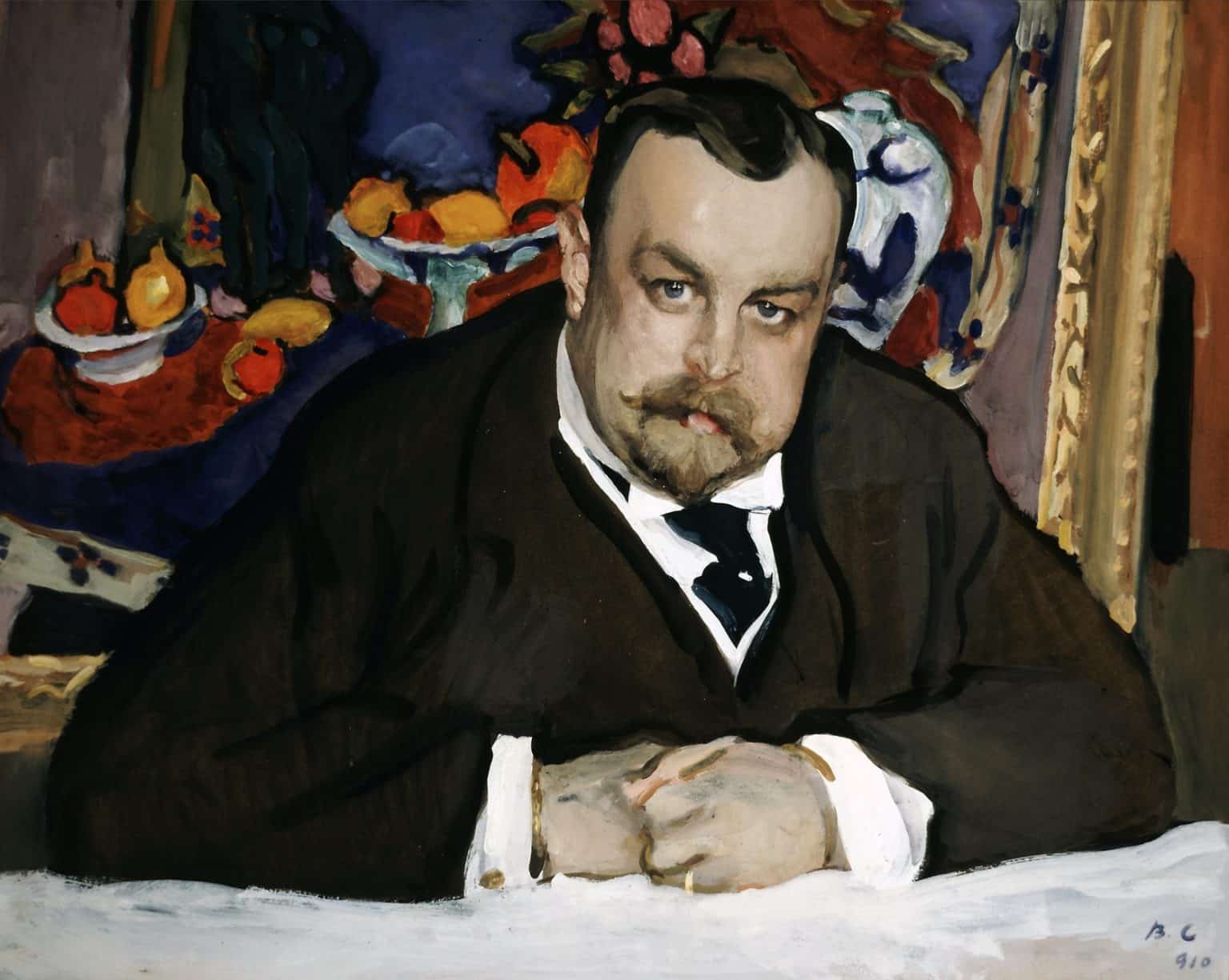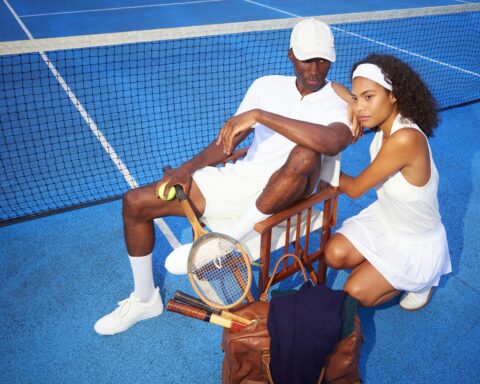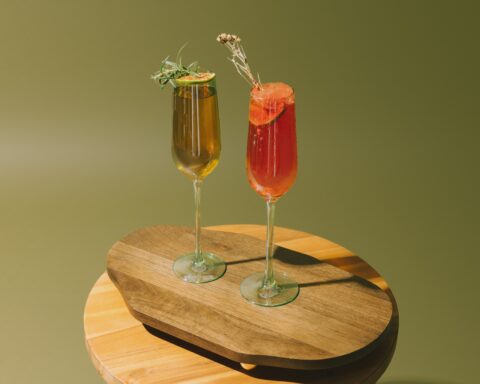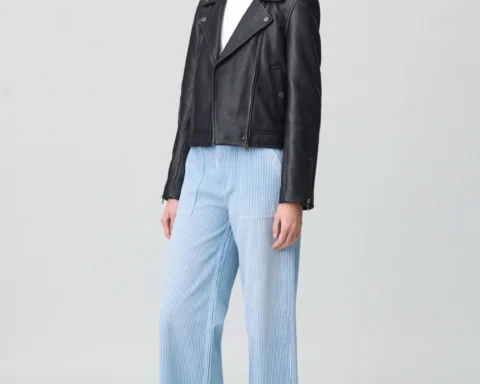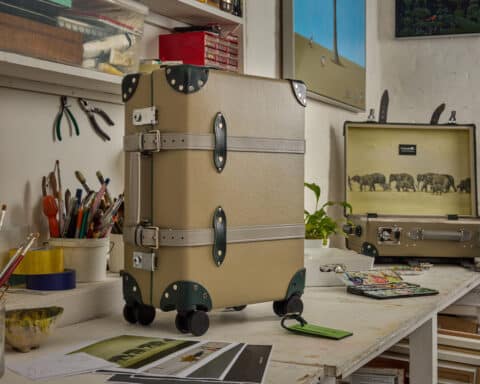From September 22, 2021 to February 22, 2022, the Fondation Louis Vuitton will host the impressive modern art collection of the Morozov brothers, two Russian collectors who are passionate about the arts of the late 19th century. Here is a look at this collection of more than 200 works, including paintings by Picasso, Van Gogh, and Monet.
After the success of the exhibition of Russian collector Sergei Chtchoukine, which recorded 1.3 million visitors until March 2017, the Louis Vuitton Foundation decided to repeat the experience by hosting the collection of the Morozov brothers, friends, and contemporaries of Chtchoukine.

Born into a family of Moscow industrialists specializing in textiles, the Morozov brothers were wealthy Russian heirs with a passion for modern art. Born in 1870 and 1871 respectively, Mikhail and Ivan Morozov, the two brothers, were immersed in a cultural environment and received a good artistic education at an early age.
Their mother, Varvara Morozova, had unconditional love for art and France. When she died, part of her fortune was left to the workers of her factories. The eldest son, Mikhail, inherited his mother’s francophilia and was nicknamed “The Gentleman“. He started a collection which, at the time of his death, contained 83 works, 39 of which were European and 44 Russian. He died in 1903, at only 33 years old.

His second brother, Ivan, inherited the family empire. Traveling twice a year to Paris, the youngest Morozov accumulated an impressive collection of 240 French and 430 Russian works. The state nationalized his collection following the Russian Revolution which led, in February 1917, to the spontaneous overthrow of the Tsarist regime in Russia and the rise to power of the Bolsheviks in October 1917 with the establishment of Lenin‘s regime.
In December 1918, Ivan Morozov‘s home became a national museum, the first of Western art in Russia, but the collector accepted the position of vice-director in order to keep an eye on his works. But in 1919, Ivan Morozov went into exile in Finland with his family and died two years later in the Czech Republic at the age of 49.

With the arrival of Joseph Stalin at the head of the USSR, the museum closed its doors in 1948 because of “formalism”. The works were then dispatched to the reserves of the Hermitage and the Pushkin Museum, and the Morozovs‘ legacy gradually disappeared from Soviet culture.
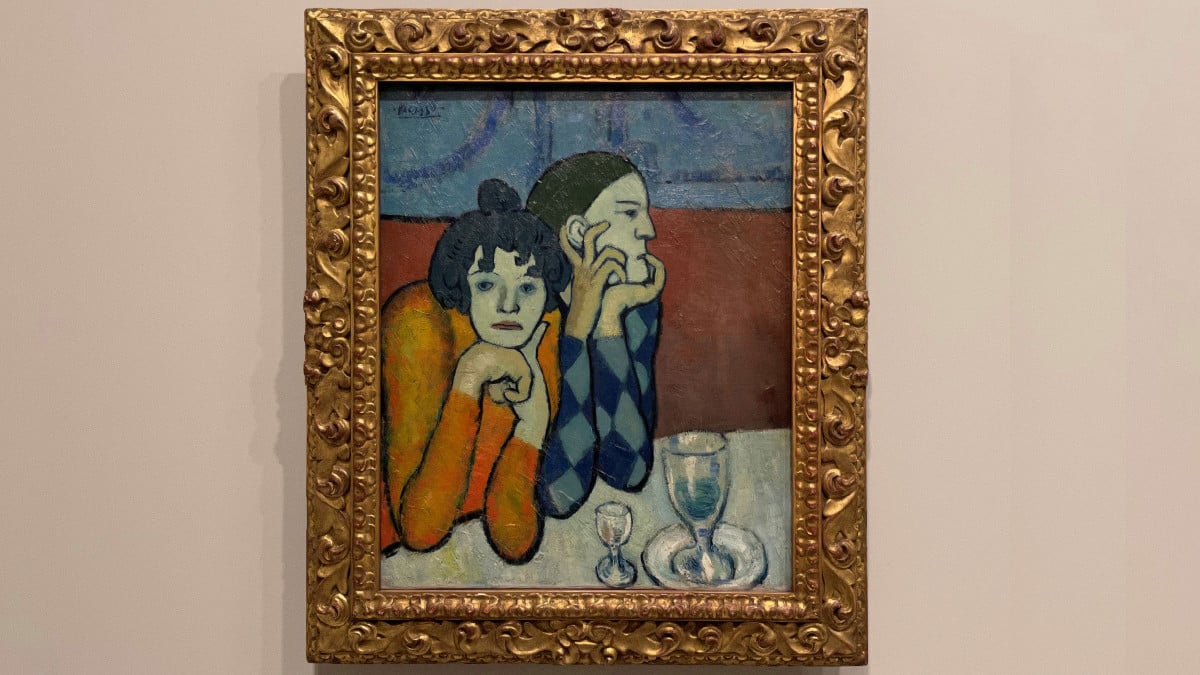
It was the famous painter Pablo Picasso, who was part of the Morozov brothers‘ collection, who resuscitated this crowd of artworks after Stalin‘s death. For the first time since the death of the two brothers, this collection is reunited at the Fondation Louis Vuitton.

To make this exhibition happen, Bernard Arnault, director of LVMH, went directly to the Kremlin to make his request to Vladimir Putin. The current Russian president agreed, on the condition that the works be restored and reframed at the expense of the Louis Vuitton Foundation.
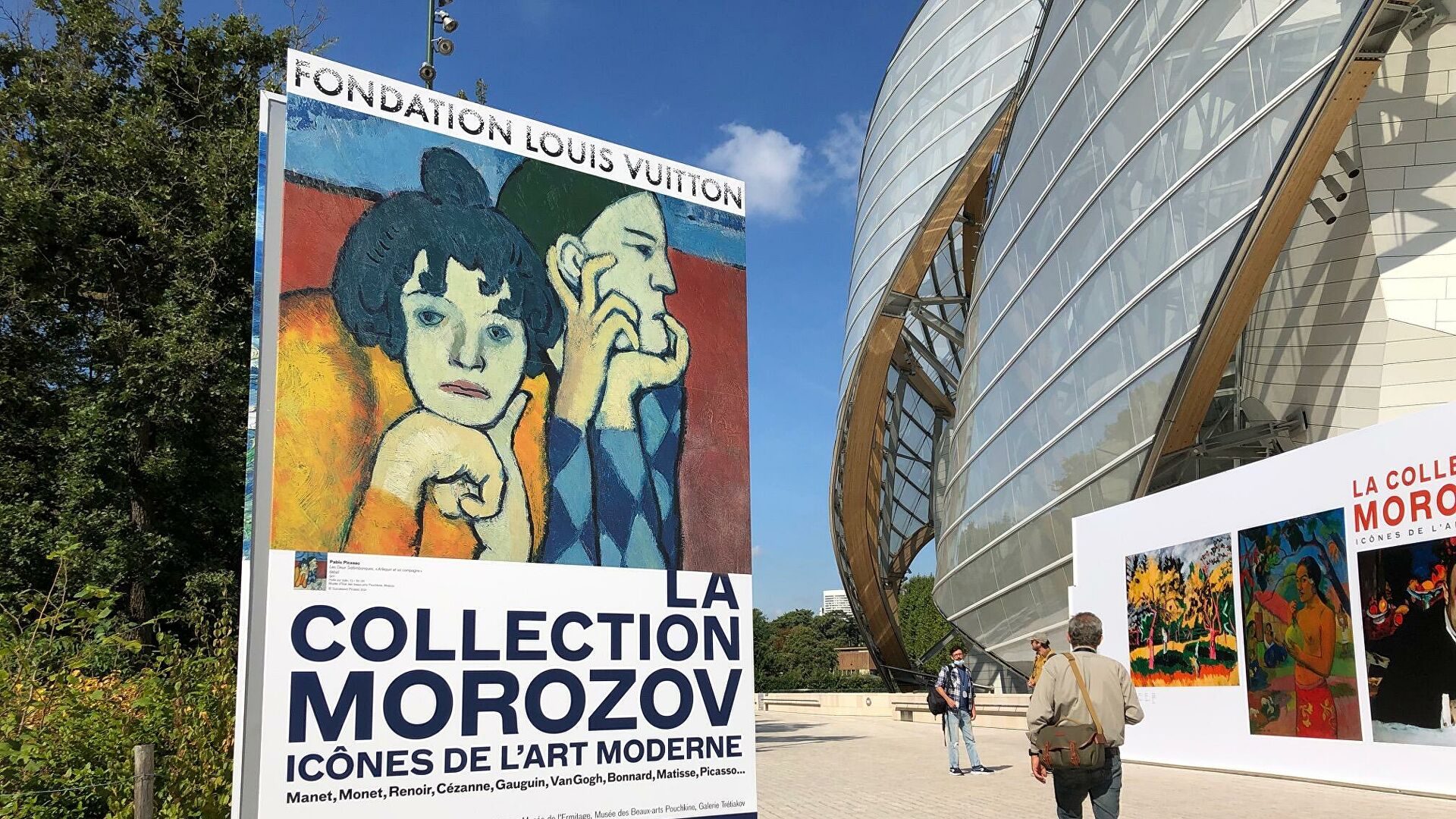
Postponed three times due to the health crisis, the exhibition will have required five years of work, an itinerary kept absolutely confidential to avoid any attempt to steal these treasures of modern art. Inaugurated by Emmanuel Macron and Bernard Arnault, Vladimir Putin declined the invitation, explaining that he is “case contact” of a person who contracted Covid-19.
“As well as the desire to create a new world, philanthropic, which would defend values belonging only to them, those they went to find in the Parisian artists who were breaking all taboos: the tabula rasa of moderns,” says Anne Baldassari, general curator behind the design of the exhibition Morozov.

Among the works on display are paintings by Picasso, Renoir, and Van Gogh, including a never-before-exhibited canvas that the artist painted when he was locked up in the asylum. Ivan Morozov, who was very sensitive to Matisse‘s work, commissioned a Moroccan triptych done in Tangier, available until next February at the Fondation Louis Vuitton.
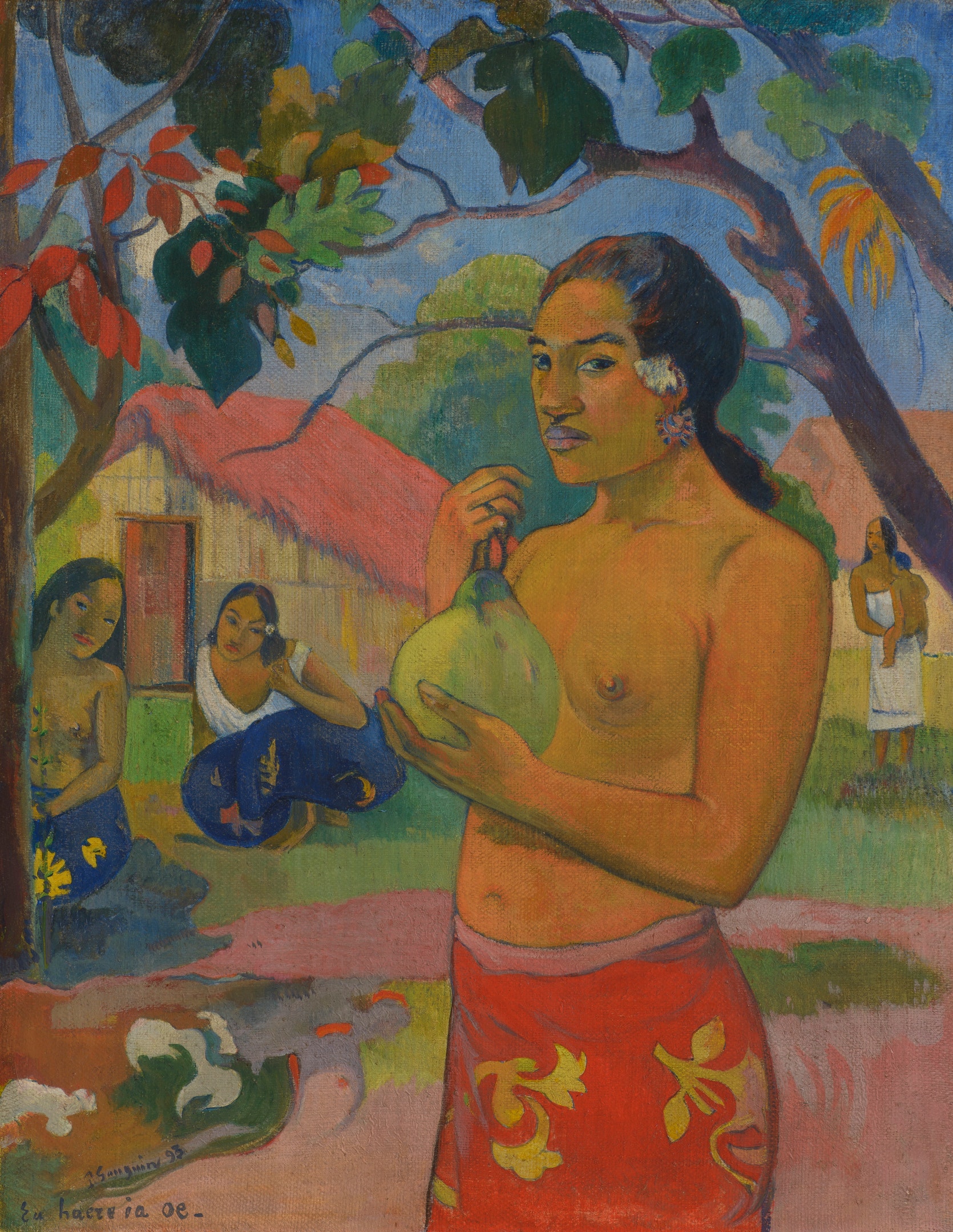
An entire room is dedicated to the paintings of Cézanne, 17 in total. Another is reserved by the works of Paul Gauguin, dating from his Tahitian period. Many other French artists are exhibited, such as Camille Claudel, Monet, Manet, Toulouse–Lautrec or Bonnard.
Tickets for the Morozov exhibition, available from September 22, 2021 to February 22, 2022 at the Fondation Louis Vuitton, are on sale here.
.
Read also > [LUXUS+ MAGAZINE] A BRIEF HISTORY OF LUXURY: VIVIENNE WESTWOOD, QUEEN OF PUNK FASHION
Featured photo : © Valentin Sérov, Portrait du collectionneur de la peinture moderne russe et française Ivan Abramovitch Morozov , Moscou, 1910.




